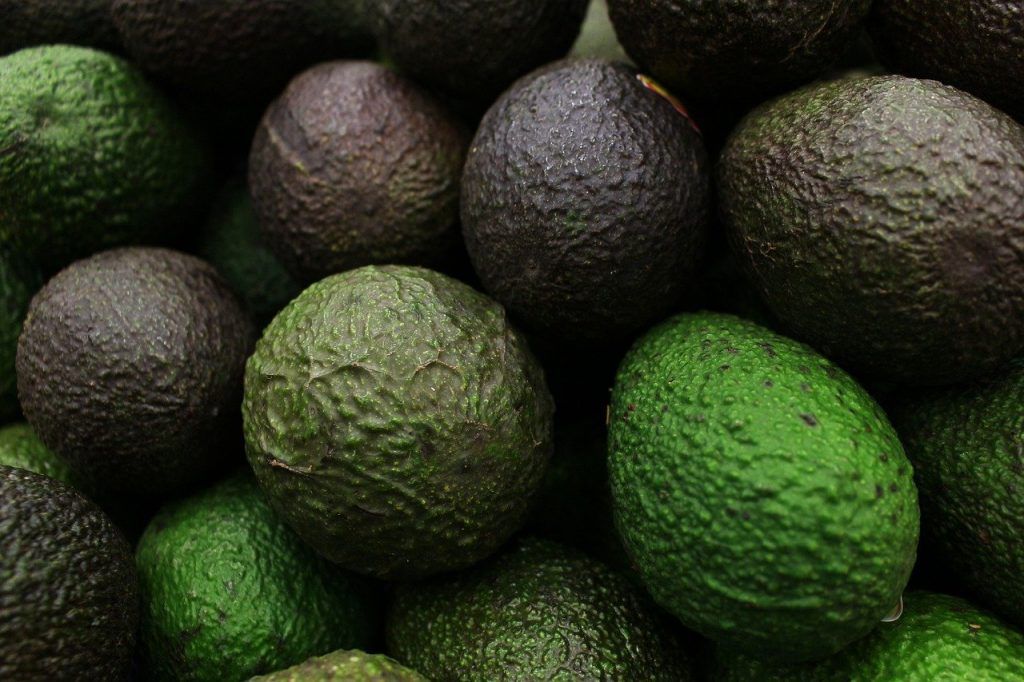The United States broke a record in its avocado imports in 2021, amounting to 3,034 million dollars, according to data from the Department of Commerce.
It was the first time that these external purchases exceed 3,000 million dollars.
Previously, the $1 billion barrier was broken in 2013 and the $2 billion level was passed in 2017.
Mexico, Central America, and northern South America are considered the centers of origin for avocados.
Archaeological and other evidence indicates that avocados were grown there at very early times, possibly about 6,000 years ago.
When this time the United States reached a maximum of foreign purchases, Mexico once again maintained its hegemony in this product.
Avocado imports
US purchases of Mexican avocados were 2,778 million dollars in 2021, with a growth of 25.3% compared to the previous year.
After Mexico came Peru, who sold this product in the US market for a customs value of 183 million dollars, with an increase of 5.3% year-on-year.
Meanwhile, in the same direction, also considering year-on-year rates, exports from the Dominican Republic totaled 52 million dollars (+22.2%), while those from Chile were 11 million (+245 percent).
Avocados are rich in important human nutrients. Our need for antioxidants for good health has recently been increasingly recognized, and avocado is rich in three of the most important ones, namely vitamins E, C and A (beta-carotene). It can help prevent strokes; it is high in potassium and low in sodium.
Besides being considered one of the best fruits for salads, avocado is a good source of vitamins (A, B, C, E, folacin, niacin, etc.) and minerals (iron, magnesium, potassium, etc.).
The crop has wide adaptability and avocados are now grown in most tropical and subtropical countries.
Another of its qualities is that it has several uses as a natural cosmetic, with advantages in rapid penetration into the skin, and as a superior natural sunscreen.
Mexico is the largest avocado producer in the world.
![]()

